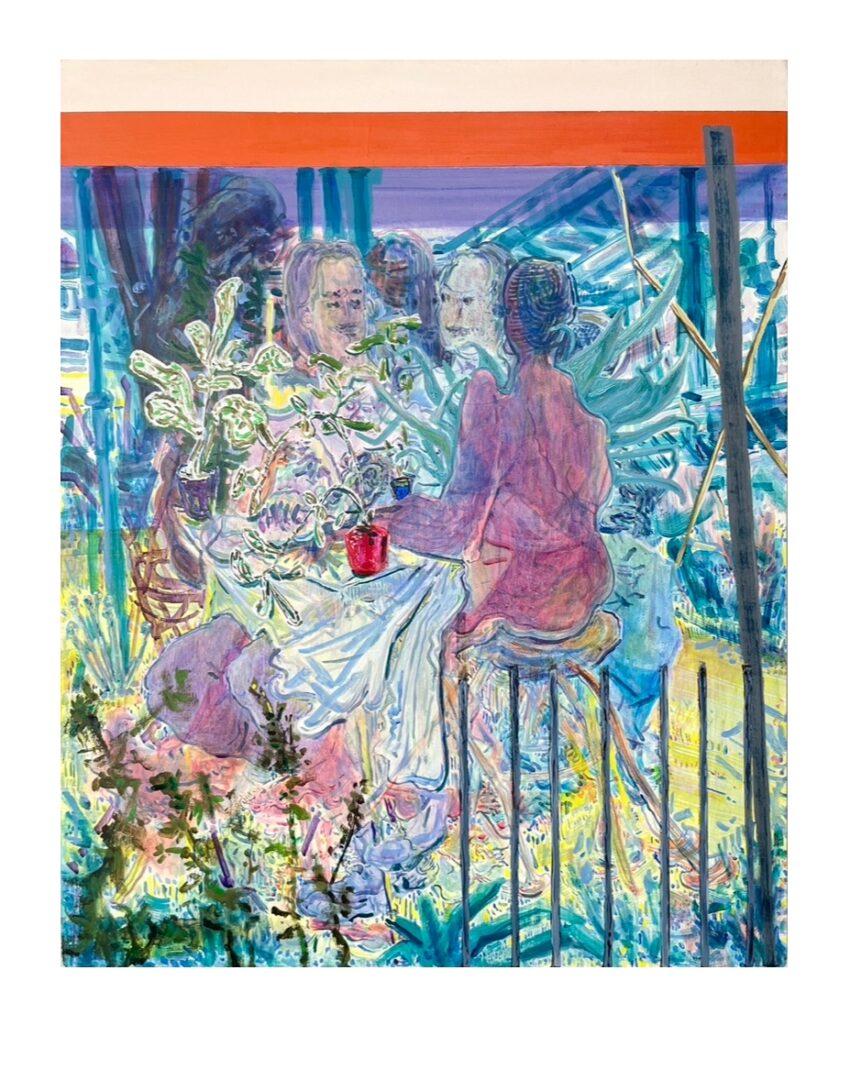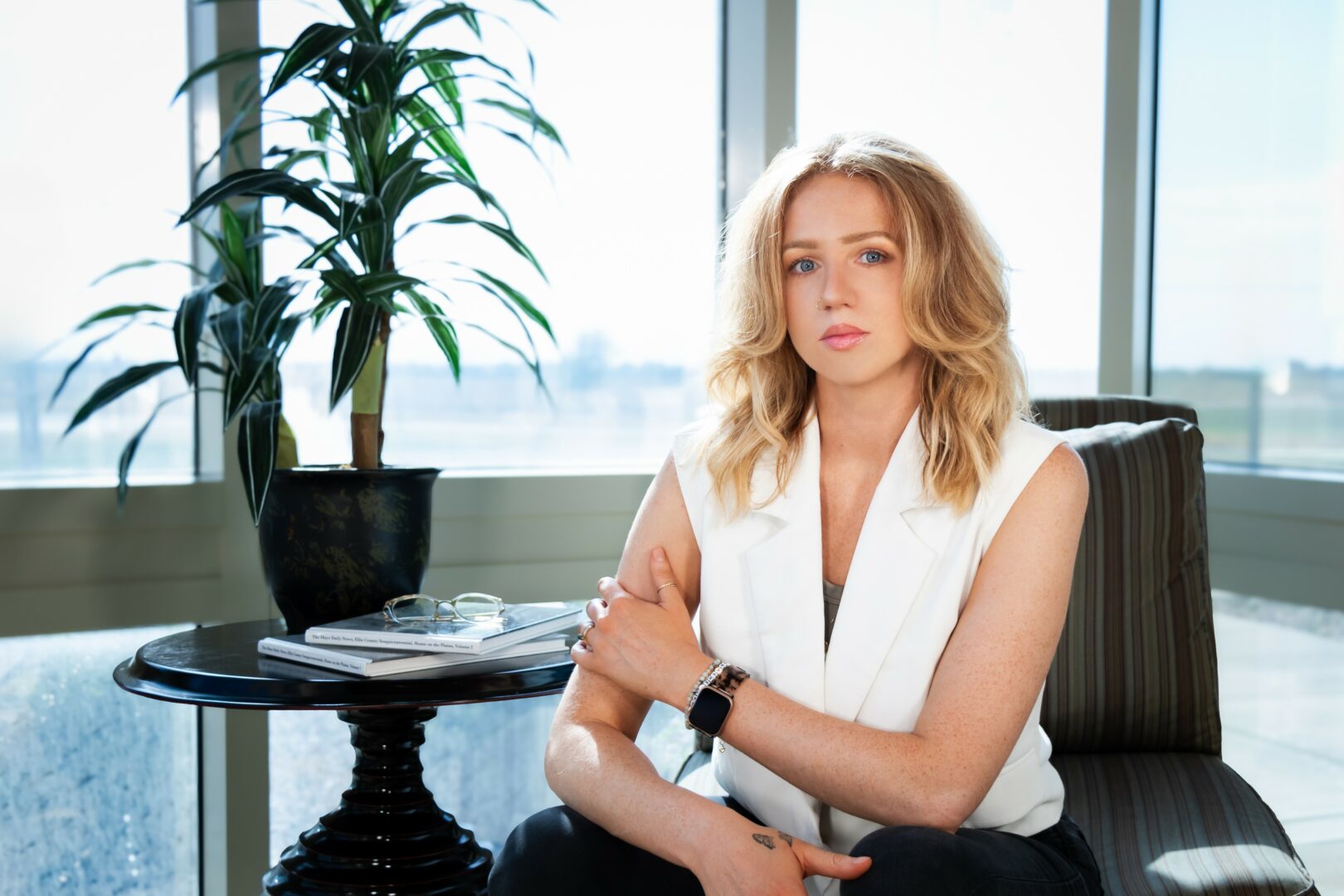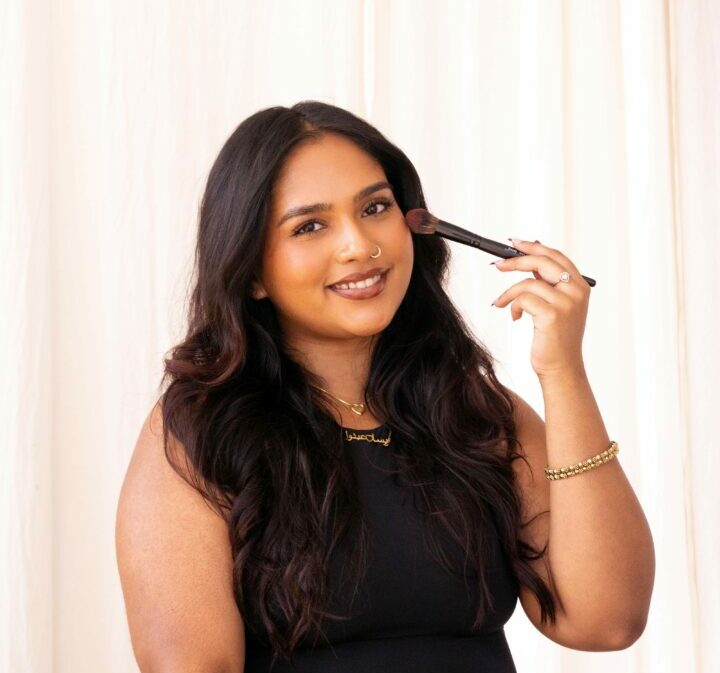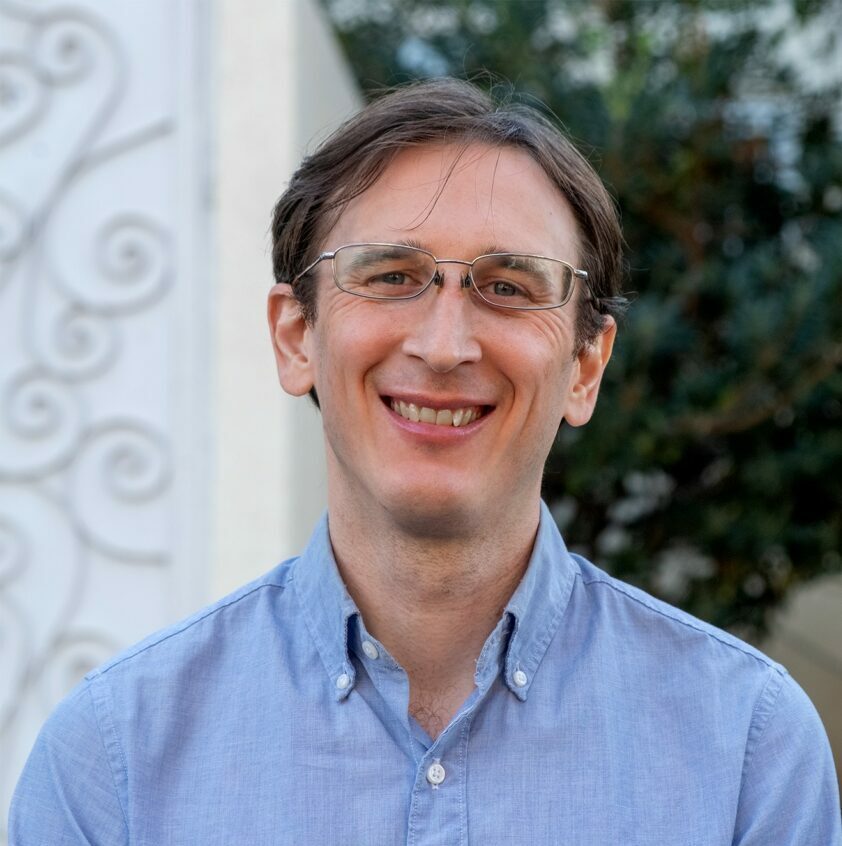Alright – so today we’ve got the honor of introducing you to Daniel Mantilla. We think you’ll enjoy our conversation, we’ve shared it below.
Daniel, thank you so much for joining us. You are such a positive person and it’s something we really admire and so we wanted to start by asking you where you think your optimism comes from?
It comes from being alive. I grew up thinking that the worst could happen at any moment. Things might collapse, but as long as I am still alive, I have the option to keep making things and continue moving.
I think that comes from small experiences like watching news on television at my maternal grandmother’s house in Bogotá, Colombia, during my first seven years of life in the 1980’s. At the time, the news, most stories related by people around me, and events closed home, had different levels of tragedy and disaster. Among those stories and situations, I was impressed with the impossible, like a family friend falling from a fifth-floor apartment building and only braking two bones, or a Colombian bicycle rider wining a stage in the Tour de France, while bleeding from a head injury after a terrible fall. Those kinds of stories helped me generate an optimistic outlook, despite scary realities. I became grateful for being alive, and hopeful that I would be the one who would also fall on my feet and get back into the race after falling flat on my face.
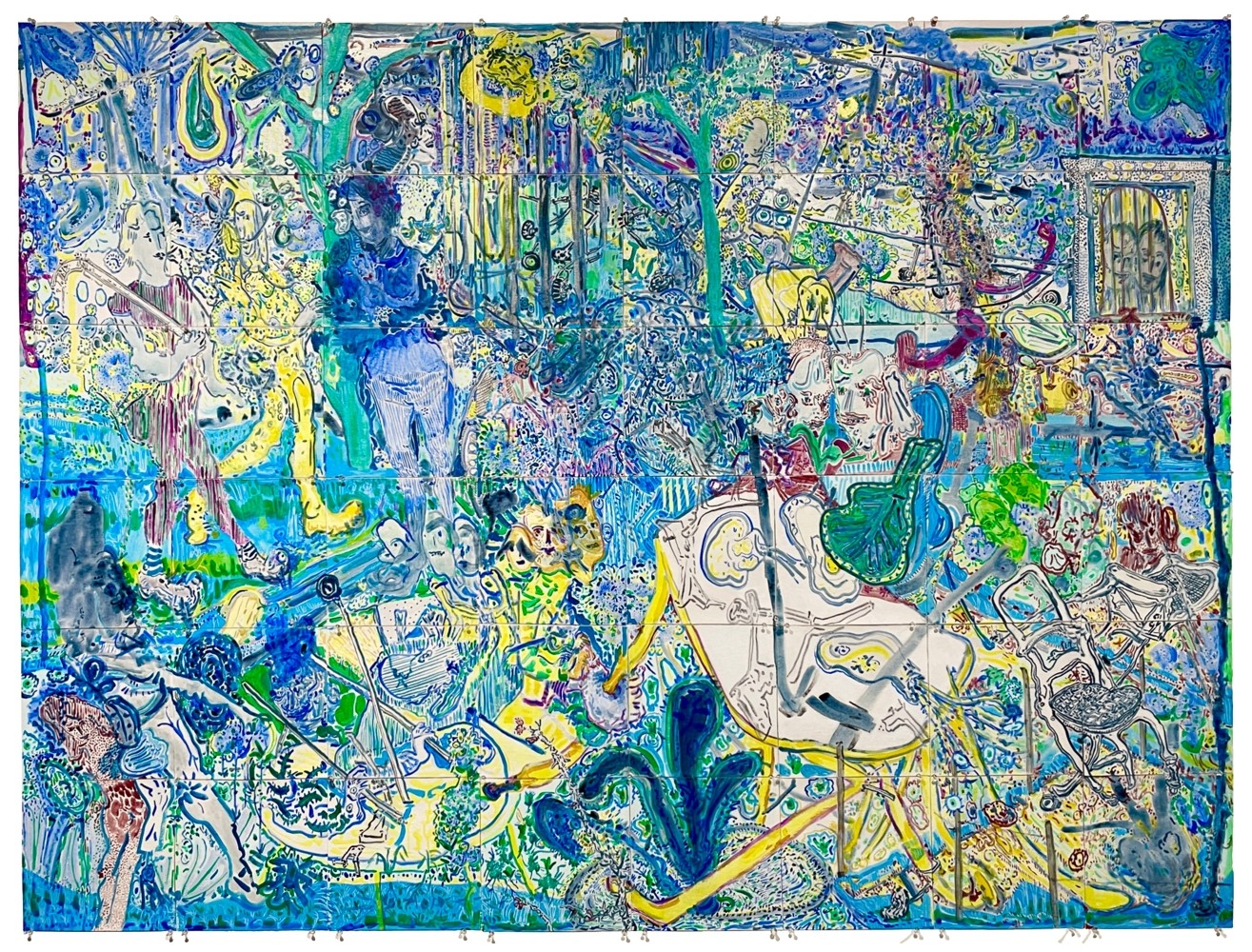
Let’s take a small detour – maybe you can share a bit about yourself before we dive back into some of the other questions we had for you?
I am an artist, born in Bogotá, Colombia. I grew up and developed as an artist and educator in the city of Ibagué. I continued my training as an artist at the University of South Florida, The School of the Art Institute of Chicago, and in New York City, where I completed my MFA at Hunter College. I lived in New York for ten years, where I further developed my practice, through residencies, exhibitions, collaborations, and teaching. I moved to Atlanta, Georgia more than two years ago, where I continue my studio practice, and teach at the High Museum of Art.
I like the word artist because it evokes multiple meanings. In recent years, I have become more aware that to me, or in my case, artist is a combination of maker and educator. As a maker, I am motivated by ideas of instability, neglect, going down garden paths, enclosures, and accumulations.
I work both alone and in collaboration. I would like to mention two collaborations I have greatly enjoyed. One is with Sprechgesang Institute, https://www.sprechgesanginstitute.com, a group of makers from different professional backgrounds with whom I ventured into performative lectures, dinners, and online plays. The second one, is with Cut Me Up Magazine, https://www.cutmeupmagazine.com, which consist of a visual call and response in which each publication is cut, reconfigured and transformed to create new work that makes the content and potential collage material for the following iteration of the magazine.
As an educator, I collaborated with wonderful people from Studio in a School in New York city https://studioinaschool.org. Part of my work was going to different schools in different boroughs in the city. With SIAS’s partnership with the New York Department of Education, artists, educators, and administrators, I collaborated to create a college level course and provided mentoring sessions for a city-wide professional learning program. I also had the opportunity to record several educational videos, some in partnership with PBS.
I am currently working on a series of works on paper, and other surfaces, with the theme of wonderers along or down garden paths. I am combining, in an overarching way, elements that I have explored in my work, in different ways up to this point. I am including unnecessarily overcomplicated manuals for furniture assembly, manuals for urbanity and good manners, tricksters/collaborators, scaffolds, and charlatans, within a kind of mannerist garden.
I am excited to be part of the Creative Aging and Lifelong Learning team at the High Museum of Art in Atlanta, Georgia https://high.org/culturecollective/. I am helping develop multiweek classes, for different skill levels and interests, in drawing, painting, collage/multimedia, and printmaking. I hope to have the chance to create and facilitate some design and 3D material explorations in the near future. Some of my peers teach great classes on bookmaking, photography, and fabric or textile art. As a team, we also create workshops, and Open Studio prompts for museum visitors to engage in exploring materials and art making independently. One of my favorite things about teaching at the High, is to have access to the wonderful and unique collection from the museum. I enjoy bringing my classes to the galleries, where we can analyze works of art as a group, make art in the galleries, and be inspired to make art in the workshop spaces. Developing new programs and facilitating them have given me the privilege and joy to learn from my peers, and everyone who participates in our classes and workshops.
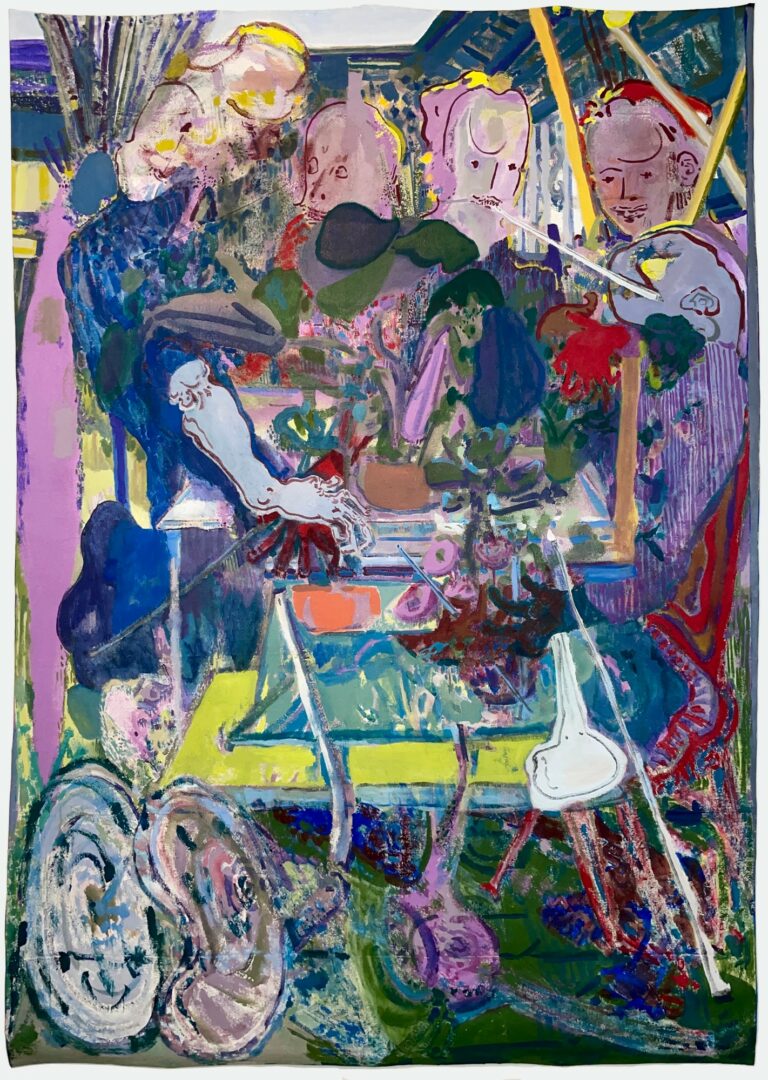
If you had to pick three qualities that are most important to develop, which three would you say matter most?
First, I would say drawing. Drawing is an important skill to me. It has been both a difficult and rewarding one. I am still going through the ongoing process of learning it. I love how it is a tool to register movements, impulses, thought, ideas, and helps me become a careful observant. I would say to everyone, draw all the time, make lines, scribbles, imaginary shapes, and specially draw from observation and learn from the drawings of others. Be kind to your drawings.
Second – I was fortunate to learn from artists, who had a practice as makers as well as thoughtful inquiry-based educators that asked questions that helped me grow. I learned from them to do the same. I would advise others to slow down, learn how to ask questions, do not be shy to ask questions, and observe and listen carefully the works and words of others that you find helpful. be opened and disciplined to learning different media and techniques as well.
Third, going back to the idea of optimism, I am continually learning to appreciate being alive by taking risks, while hoping for best outcomes. I guess the advice I would give, that I often forget to apply, is to first, focus on things that worked out well. Then, look at the things that did not work well to learn what to do or not to do moving forward. Keep moving, learning, and changing.
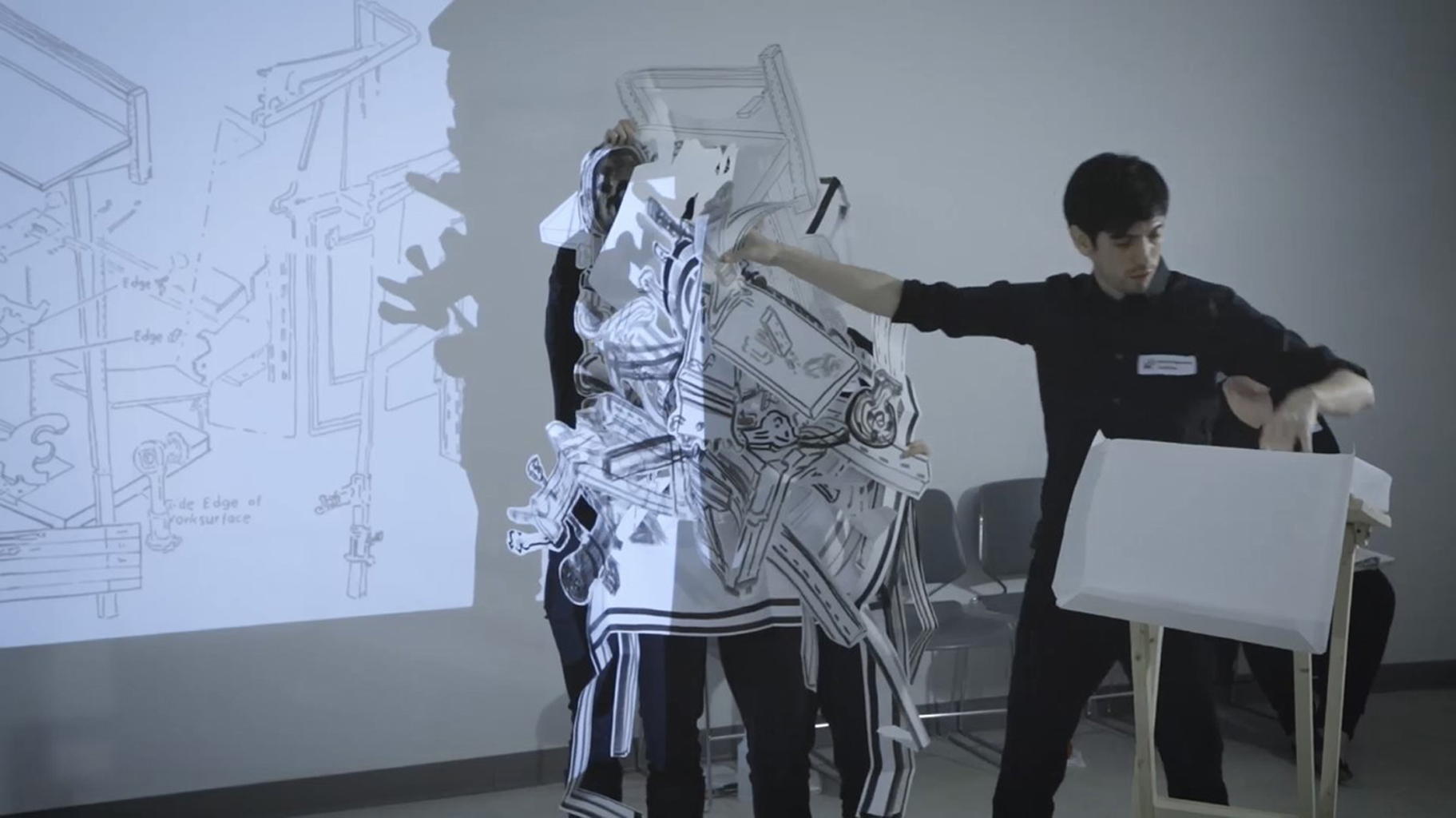
What’s been one of your main areas of growth this year?
I will use a few idiomatic expressions in my answer. I am better at not sweating the small stuff. This is due to the same motivation behind my optimism. Recent reminders that this life does not last forever has helped me be a bit more kind, patient and to let go of small disagreements sooner. I do not want to sound morbid or fatalistic, but I recently started to think, if this is our last interaction with each other, why not to make it a stimulating one instead of making it dreadful?
A few months ago, an artist taught me the expression – perfection is the enemy of good. Thinking about finitude, has also given me what I think is a healthier sense of urgency to materialize ideas, complete projects, and start new ones without overthinking it.
Contact Info:
- Website: https://danielmantilla.com/
- Instagram: @danielmantillav
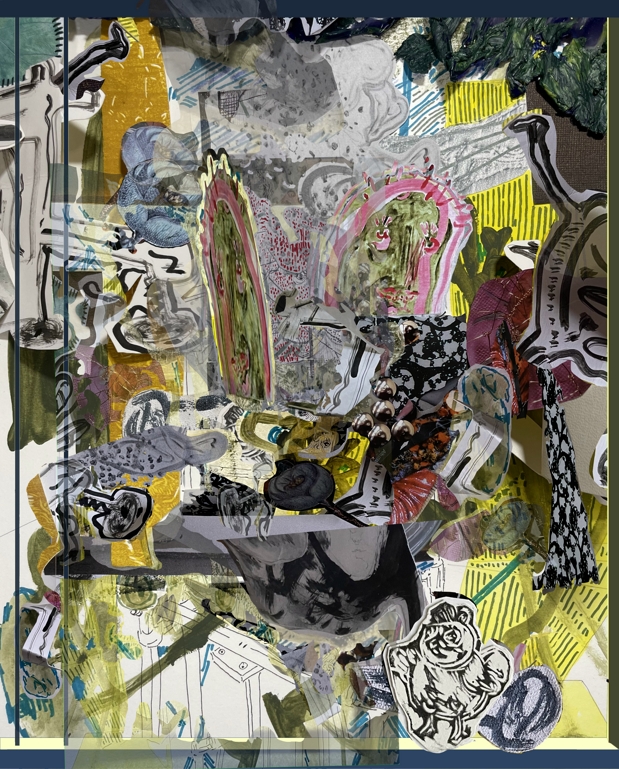
Image Credits
NA
so if you or someone you know deserves recognition please let us know here.

